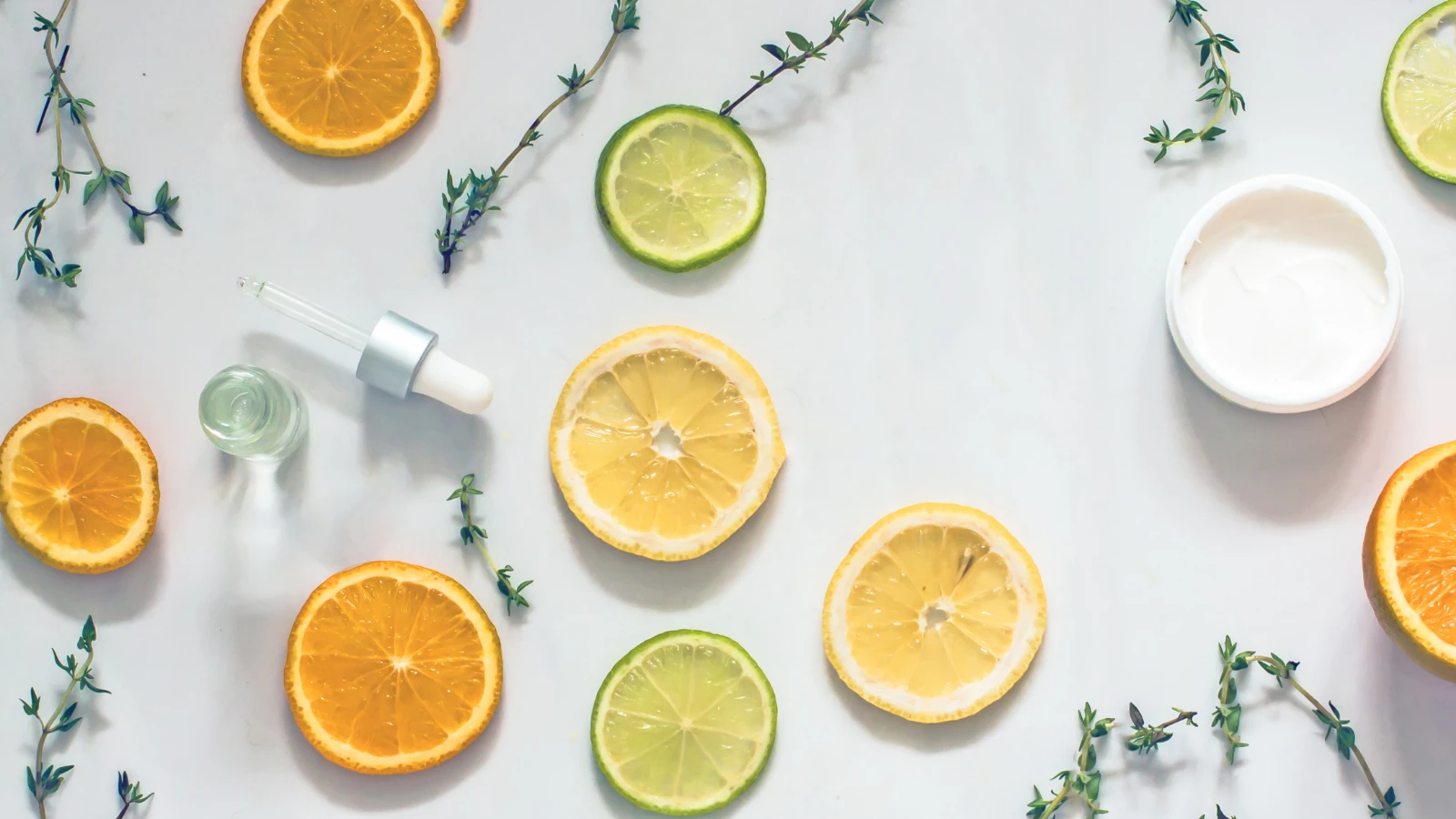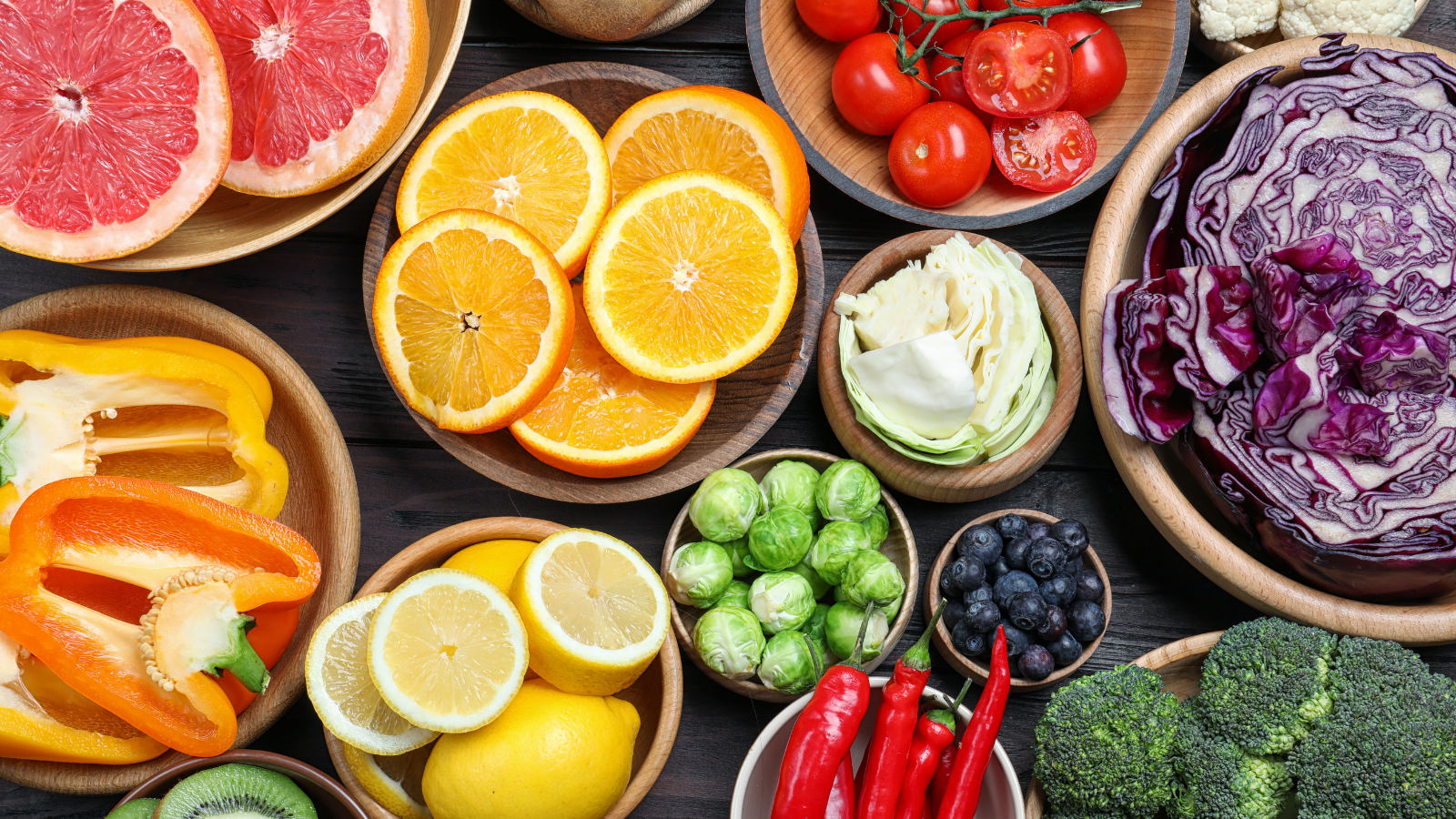Are You Getting Enough Vitamin C?
How to Boost this Antioxidant Supernutrient

I’m sure most of you have heard a great deal of chatter about vitamin C recently. Vitamin C has been a very hot topic because of its ample ability to help support the immune system, prevent infections such as viruses, and ward off the common cold. But that’s not all that vitamin C is capable of.
Vitamin C, also known as ascorbic acid, is an essential nutrient, meaning it must come from the foods we eat or the supplements we take. It’s widely recognized for its antioxidant properties, combatting free radicals, immune functioning, and so much more.
Deficiency of vitamin C can result in the following:
- Bleeding gums
- Tooth loss
- Bruising
- Skin rashes
- Irritability
- Muscle weakness
- Petechiae
- Poor wound healing
While deficiency of vitamin C is rare, most Americans fail to get adequate levels of this super antioxidant in their diet. In order for us to understand the role of vitamin C as an antioxidant, let’s first take a field trip back to chemistry 101 to understand the nature of oxidation.
What is Oxidation?
A free radical is an uncharged molecule with an unpaired electron in its outermost valence shell. In a search to fill their partially empty valence shells, free radicals run rampant around the body stealing electrons from other atoms in our cells and tissues. This electron-stealing catastrophe damages cells, proteins, DNA, RNA, and is actually recognized as an underlying factor in many chronic diseases.
When this goes on left unchecked, we are susceptible to damage caused by oxidation. Oxidation is the rust on our cars, the brown color that appears on an apple when cut and exposed to air, the rancid vegetable oil in our cupboards, even the wrinkles that form on our skin. What most of us don’t realize is that our own tissues are rusting, our own fats are going rancid, and our brains are melting as we go about our daily lives.
Oxidation and Vitamin C
What starts this process is some sort of insult—things like too many calories, smoking, a sunburn, exposure to toxins, anti-nutrients, and sugar. The insult leads to injury by tipping the balance and starting a chain reaction of damage to cells and tissues, which leads us down the path to premature aging and chronic illness. This is called oxidative stress. Vitamin C’s role is to donate electrons to oxidized molecules to deoxidize them. This is officially known as a reduction in chemical terms, hence the term, antioxidant.

Even in small quantities, vitamin C can protect critical molecules in the body from oxidative damage, safeguarding proteins, lipids, carbohydrates, DNA, and RNA. In addition, vitamin C is also a cofactor, meaning it assists enzymes involved in chemical reactions. Vitamin C supports immune functioning, neurotransmitter production, wound healing, fatty acid metabolism, blood vessel formation, as well as many other processes and pathways in the body.
Humans are unique in that unlike many other animals, we’re unable to synthesize our own vitamin C. We must get this unique antioxidant from our diet or through supplementation and better living through science.
How to Boost Your Vitamin C
The best way to vitamin C is to consume foods rich in the nutrient. Include the following in your diet:
- Bell peppers
- Thyme
- Parsley
- Spinach
- Kale
- Broccoli
- Kiwi
- Citrus fruits
- Acerola cherries
When it comes to supplements, we can increase oral bioavailability and optimize our plasma vitamin C levels by consuming vitamin C in a liposomal form. Liposomes are lipid particles that can encapsulate water-soluble particles such as vitamin C. They act as vehicles for transporting substances into the body efficiently and effectively, by facilitating absorption directly in the mouth and bypassing breakdown by stomach acid. Liposomal deliveries bypass the typical absorption constraints in the gut, delivering nutrients directly to the cells for rapid uptake and effect.
Also, read...
Yoga and Body Image: How Yoga Can Help You Make Friends with Your Body
Smooth Transitions: 9 Ayurvedic Tips for Moving into Spring
Free Yoga Video: Breathing for Pelvic Floor Health: Two Practices to Deepen Your Breath
Related courses
Breath as Medicine: Yogic Breathing for Vital Aging
Yoga and Myofascial Release: Releasing Chronic Tension with the Bodymind Ballwork Method
Yoga and Detoxification: Tips for Stimulating Lymphatic Health

Dr. Mark Hyman is leading a health revolution—one revolved around using food as medicine to support longevity, energy, mental clarity, happiness, and so much more. Dr. Hyman is a practicing family physician and an internationally recognized leader, speaker, educator, and advocate in the field of Functional Medicine. He is the founder and director of The UltraWellness Center, the Head of Strategy and Innovation of the Cleveland Clinic Center for Functional Medicine, a twelve-time New York Times bestselling author, and Board President for Clinical Affairs for The Institute for Functional Medicine. He is the host of one of the leading health podcasts, The Doctor’s Farmacy. Dr. Hyman is a regular medical contributor on several television shows and networks, including CBS This Morning, Today, Good Morning America, The View, and CNN. He is also an advisor and guest co-host on The Dr. Oz Show. We’ve spent billions of dollars on hundreds of Alzheimer’s studies with nothing to show for it. That’s because we were headed in the wrong direction.
- Levine, Mark. Criteria and Recommendations for Vitamin C Intake JAMA 281, no. 15 (April 1999): 1415.
- Frei, Balz, Ines Birlouez-Aragon, and Jens Lykkesfeldt. Authors Perspective: What is the Optimum Intake of Vitamin C in Humans? Critical Reviews in Food Science and Nutrition 52, no. 9 (September 2012): 815–29.
- Hickey, Stephen, Hilary J. Roberts, and Nicholas J. Miller. Pharmacokinetics of oral vitamin C Journal of Nutritional & Environmental Medicine 17, no. 3 (January 2008): 169–77.
- Davis, Janelle L., Hunter L. Paris, Joseph W. Beals, Scott E. Binns, Gregory R. Giordano, Rebecca L. Scalzo, Melani M. Schweder, Emek Blair, and Christopher Bell. Liposomal-encapsulated Ascorbic Acid: Influence on Vitamin C Bioavailability and Capacity to Protect against Ischemia Reperfusion Injury Nutrition and Metabolic Insights 9 (January 2016): NMI.S39764.
- Douglas, R. M., H. Hemila, R. D’Souza, E. B. Chalker, and B. Treacy. Vitamin C for preventing and treating the common cold Cochrane Database Syst Rev, no. 4 (October 2004): CD000980.




